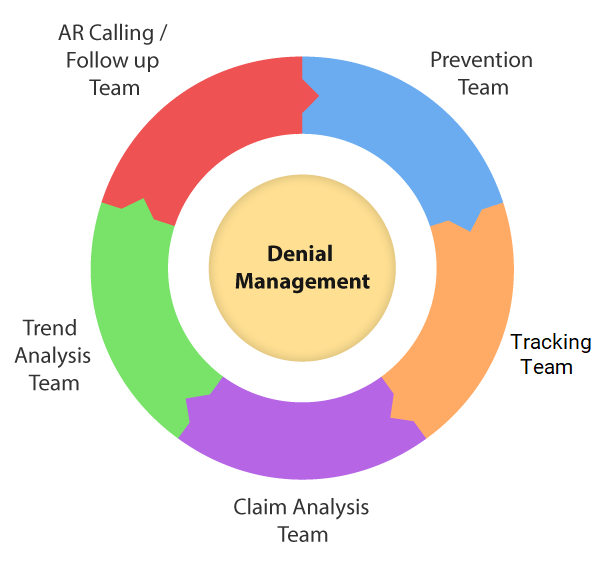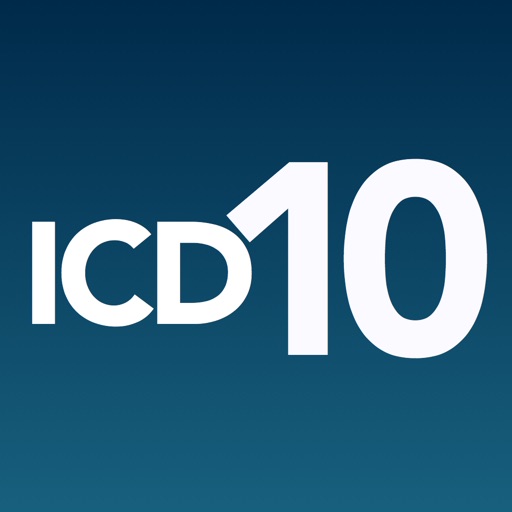Introduction
Telehealth has transformed the way healthcare is delivered, offering flexibility, accessibility, and convenience to patients and providers alike. In recent years, the telehealth medical billing process has evolved rapidly, especially with expanded Medicare telehealth services and updated CPT codes. As virtual care becomes a permanent fixture in the U.S. healthcare landscape, understanding its impact on billing, compliance, and reimbursement is essential for medical practices in 2025.
Book your consultation today or book a meeting today.
Telehealth Medical Billing and Its Impact on Revenue
Telehealth adoption surged during the COVID-19 pandemic, but in 2025, it is no longer a temporary solution—it’s a mainstream care delivery model. According to the American Academy of Family Physicians, telemedicine now covers everything from routine check-ups to chronic disease management.
With the physician fee schedule evolving to reflect virtual care parity, reimbursement models now recognize audio-only and video-based visits. Practices that understand these changes can maximize revenue while ensuring compliance.
Medicare Telehealth Services and CPT Code Updates
The list of Medicare telehealth services continues to expand annually. For instance, the 2025 updates include new CPT codes for remote patient monitoring, established patient follow-ups, and behavioural health consultations.
Providers should reference official sources such as CMS.gov and CGS Medicare to stay informed about coding changes. Accurate coding not only prevents claim denials but also ensures practices are paid at the correct rate.
For a complete guide to current codes, visit AAPC.com and BillRMD.com, which regularly update telehealth billing guidelines.
Compliance Tips for Telehealth Medical Billing in 2025
- Complex Coding Requirements
Telehealth involves unique CPT codes and modifiers that differ from in-person visits. Incorrect usage can delay payments. - Prior Authorization and Payer Variability
Not all payers follow Medicare’s policies. Tools like MMPlusInc.com can help verify payer-specific telehealth billing rules. - Documentation for Audio-Only Visits
For audio-only visits, documentation must justify why video wasn’t used and ensure compliance with communication technology requirements. - Cross-State Licensing and Compliance
Providers offering services across state lines should consult resources like RuralHealthInfo.org for telehealth regulations.
Audio-Only Visits in Telehealth Medical Billing
Remote patient monitoring (RPM) is one of the fastest-growing telehealth services. According to VestaRad.com, integrating RPM into a practice can improve patient outcomes and generate new revenue streams. Medicare reimburses RPM under specific CPT codes, making it a lucrative area for proactive practices.
For step-by-step implementation, see CarePaths.com and ForwardPathway.com.
Remote Patient Monitoring and Communication Technology
Billing for Medicare telehealth services requires strict adherence to HIPAA and payer guidelines. Organizations like HCMS.org and MATRC.org offer compliance checklists and policy updates.
Providers should also consider ongoing education through platforms like NetCE.com to keep their staff trained on emerging telehealth regulations.
The Future of Telehealth Billing
With advancements in communication technology, AI-driven coding tools, and evolving payer policies, telehealth medical billing will continue to change. As FCSO.com notes, future models may integrate performance-based reimbursement, especially for chronic care management.
The Physician Fee Schedule will remain a critical resource for understanding payment structures, while emerging platforms like LeadIQ.com will streamline patient outreach and eligibility verification.
Conclusion
The growth of telehealth is rewriting the rules of medical billing. Practices that embrace CPT code updates, leverage the list of Medicare-covered services, and stay informed through reputable resources can thrive in this new healthcare era.
From audio-only visits to remote patient monitoring, the revenue opportunities are significant—but so are the compliance risks. With the right tools, education, and partnerships, providers can navigate telehealth medical billing in 2025 successfully.
Telehealth medical billing refers to the process of coding and submitting claims for healthcare services provided remotely using communication technology, including video and audio-only visits.
CPT codes determine how telehealth services are billed and reimbursed. Medicare and other payers have specific codes for virtual visits, remote patient monitoring, and established patient consultations.
Yes, the list of Medicare telehealth services continues to grow. The physician fee schedule outlines payment rates for covered virtual services.
In many cases, yes. Some Medicare telehealth services and commercial payers reimburse audio-only visits when they meet documentation and medical necessity requirements.
Trusted resources include CMS.gov, AAPC.com, and CGSMedicare.com for updated guidelines, fee schedules, and coding changes.










